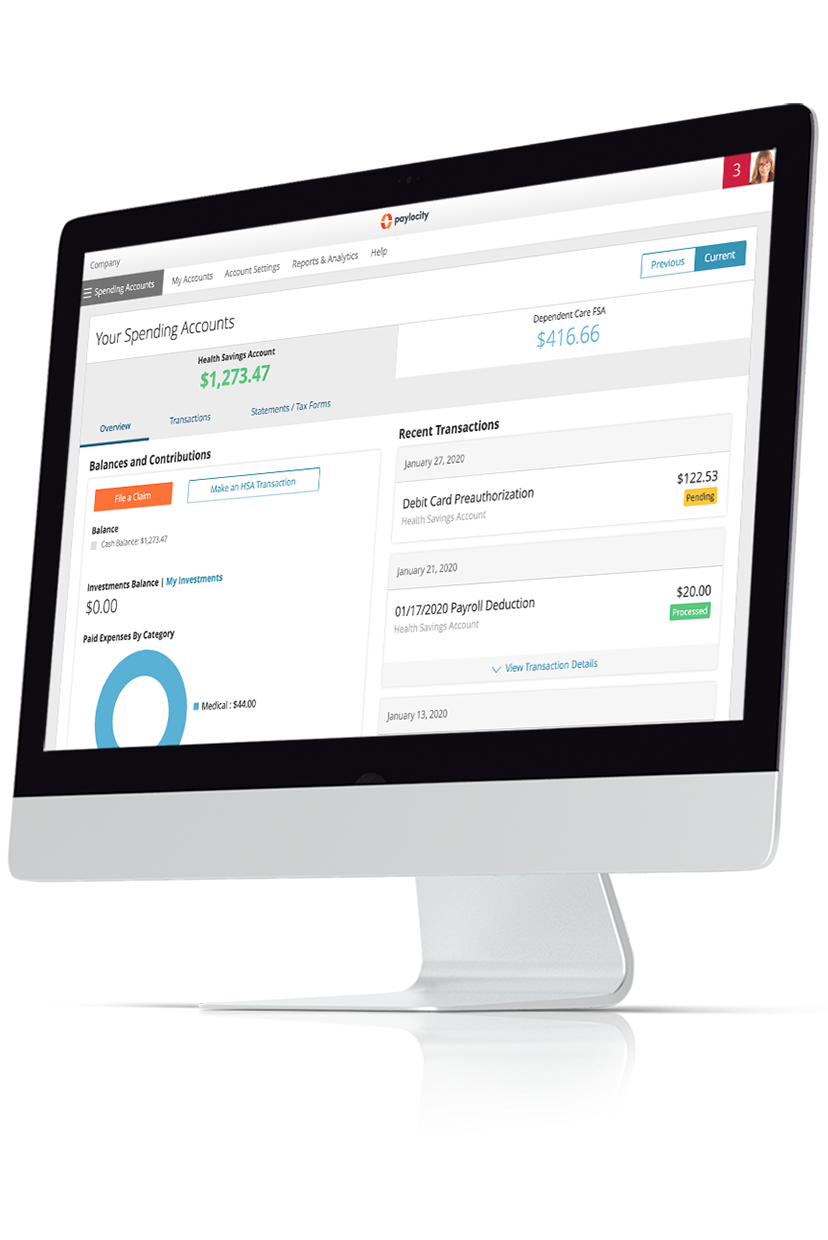Employee Assistance Program (EAP)
Summary Definition: A confidential counseling service offered by employers to help employees with personal or work-related problems.
What is an Employee Assistance Program?
An Employee Assistance Program (EAP) is a benefit designed to help employees address personal and professional issues affecting their well-being and job performance. EAPs offer confidential counseling services and resources to help employees manage a wide range of issues, such as stress, mental health concerns, substance use disorders, and work-related conflicts.
Employees can call a confidential number or visit the EAP’s website to receive help from a trained professional, generally at no cost to themselves or their families.
Key Takeaways
- EAPs are a benefit designed to help employees handle various personal or professional issues that impact their work and health.
- There are several different types of EAPs, including In-House programs, Member-Assisted Programs, and Peer-Based assistance.
- While EAPs can be costly depending on the size of the organization, they also can help reduce employee stress, improve workforce retention, and attract talent.
Different Types of EAPs
Employee Assistance Programs come in a variety of forms as diverse as the issues and employees they try to support. Some of these:
- In-House EAPs: Employers have trained EAP professionals on-site to help employees with their needs.
- External EAPs: Third-party providers help employees connect with a trained professional in the local community or remotely by phone or video calls.
- Blended EAPs: These are a mix of in-house and external EAPs, with on-site staff being able to also provide references to third-parties or experts outside the company.
- Member-Assisted EAPs: These EAPs are usually provided by a professional organization, like a union or trade association.
- Peer-Based EAPs: As the name implies, these EAPs are provided via coworkers or peers in the office instead of trained professionals. Those involved must usually still complete extensive training and education before providing assistance.
Services EAPs Provide
EAPs are designed to address a wide range of different areas or subjects. These can include, but aren’t limited to:
- Family planning
- Marriage counseling
- Mental health care
- Financial wellness advice
- Legal services
- Finding elder care
Cost and Benefits of EAPs
| Costs | Benefits |
|---|---|
| Can be expensive depending on the size of the company and how many EAP professionals it hires. | Can help decrease employee turnover and absenteeism. |
| Can require a lot of HR’s time and resources to implement, maintain, coordinate, and promote the program. | Can improve employee wellness, satisfaction, and productivity by reducing stress and addressing workplace incidents. |
| There’s ultimately no guarantee employees will use the services or want to discuss their personal issues. | Can assist recruiting efforts by attracting talent. |
How to Choose an EAP
Employers that want to adopt an EAP for their organization need to ask several questions to ensure the one they choose is the right fit.
- What kinds of support do your employees want and need?
- Which providers can handle those wants and needs?
- Which provider can you afford?
- How will we promote this to employees?
That last question can be the trickiest and most important, since EAPs aren’t as effective if no one uses them. Moreover, employees might feel nervous about disclosing their personal issues at work.
Emphasizing the safety and confidentiality of an EAP can help calm those nerves and should be among the biggest selling points when rolling out the program at an organization.
Related Glossary Terms

Revolutionize Your Benefits Experience
Empower your employees with an intuitive benefits platform that makes choosing and managing plans a breeze. Our all-in-one solution streamlines the enrollment process, reduces administrative tasks, and ensures compliance, all while helping you control costs. With modern tools that provide clear insights and seamless access, you'll enhance employee satisfaction and drive operational efficiency.